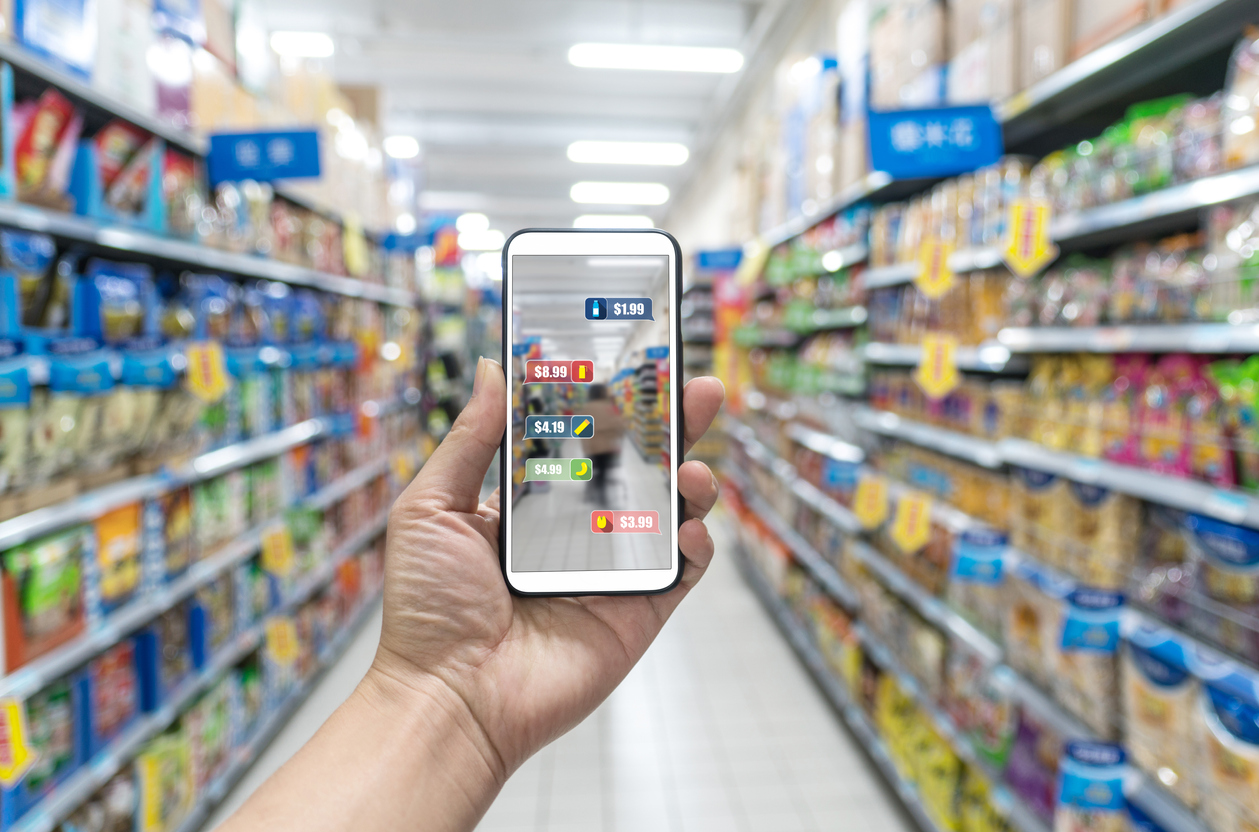What is an Attribution Theory Example?
What is an Attribution Theory Example?
There are several attribution theory examples. Since it is impossible to know exactly what touch points deserve the most credit for converting prospects into leads, marketers turn to one of a few different theories to make the best possible guess regarding attribution. These theories generally have their benefits and drawbacks that might appeal to different marketers.
The first-touch attribution model
The first-touch attribution model assumes that the first interaction between the brand and the customer is the most important. In other words,  since this touch point engaged the customer enough that they felt encouraged to continue to learn about the organization, it deserves the credit if the lead converts.
since this touch point engaged the customer enough that they felt encouraged to continue to learn about the organization, it deserves the credit if the lead converts.
This attribution model will definitely help brands better understand what strategies help them get their brand name out in front of customers and how well they succeed in bringing in the new leads. Unfortunately, the data you collect from this strategy will be heavily slanted towards top-of-the-funnel content, not taking into account the value and important role of bottom-of-the-funnel content.
The last-touch attribution model
The last-touch attribution model works on the opposite system of the first-touch attribution model. With last-touch attribution, the last touch point customers have with an organization before converting receives the most credit. The thinking here assumes that the one that convinced the person to actually click the ‘buy’ button should receive the most credit. It does not take into account the importance of the earlier content. This content convinced the person to engage with the brand and then nurtured them until they felt ready to buy.
With these shortcomings of the last-touch attribution model, it makes sense that this model gives too much credit to the end-of-funnel content. This makes it a challenge to accurately measure the importance of the content produced for those earlier in the buyer’s journey. Of course, to successfully convert leads into customers, brands need access to a wealth of engaged leads, which means that high-quality top-of-funnel content is also important for a successful digital strategy.
One popular variation of the last-touch attribution model is the last non-direct click model. This model eliminates the last clicks that come through the customer typing your web address into the search bar. Assuming that if they type your address, you have already successfully nurtured this lead. This helps to eliminate some of the bias toward end-of-funnel content while maintaining simplicity, but still doesn't adequately measure top-of-funnel influence.
Linear attribution model
The linear attribution model assigns equal value for the conversion to each touch point the customer encountered along the way. It attempts to maintain the simplicity of the one-touch models without neglect the importance of the top, middle, or bottom part of the buyer's journey.
While this model does help you gain a more accurate picture of how your prospects interact with your site while leading up to a purchase, it does not do a good job of differentiating between strategies.
Time-decay attribution
 Time-decay attribution assumes that as people get closer to conversion, their touch points carry more weight. Therefore, it assigns an increasing value to each of them as the lead gets closer to purchasing. The top-of-the-funnel content, therefore, will receive the least credit, while the bottom-of-the-funnel action that the customer took right before clicking ‘buy’ receives the most.
Time-decay attribution assumes that as people get closer to conversion, their touch points carry more weight. Therefore, it assigns an increasing value to each of them as the lead gets closer to purchasing. The top-of-the-funnel content, therefore, will receive the least credit, while the bottom-of-the-funnel action that the customer took right before clicking ‘buy’ receives the most.
This model attempts to give credit to all of the touch points along the buyer’s journey while also acknowledging that not every one has the same impact. It assumes that as customers get closer to conversion, the ones that keep them moving forward have the most impact.
U-Shaped Attribution
U-shaped attribution also tries to better understand how different touch points might differ in their effectiveness to nurture leads. This specific model believes that the first and final ones have the greatest impact on the behavior of a lead. The first one is the one that interested them in the brand and the final one is the one that drove them to finally convert. The touch points in the middle receive an even division of the remaining credit. In other words, this model attempts to combine the benefits of all the previous models. Typically, this model works with 40 percent of the credit going to the first and last touch points and the remaining 20 percent getting divided evenly among the ones in the middle.
After you've chosen the attribution model you want to go with, you'll need to begin tracking attribution by setting up a model. You can set up models through Google Analytics and some social media platforms, including Facebook.


